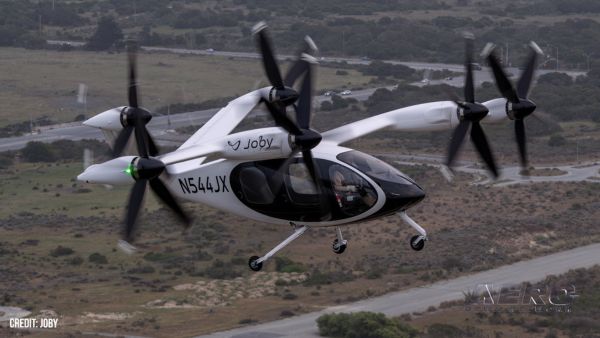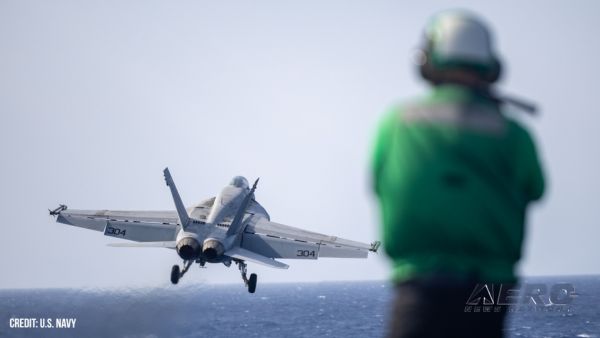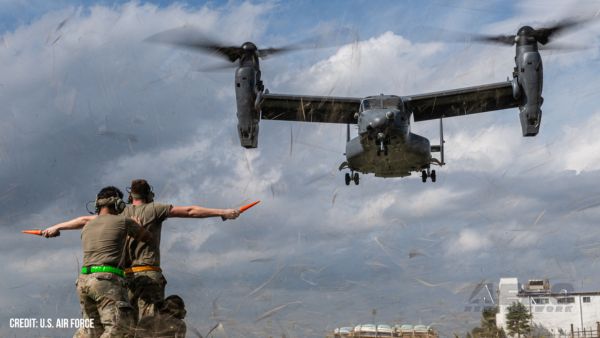Collision With Comet Imminent
NASA's Deep Impact spacecraft continues to sail through its
final checkout, as it hurtles toward comet Tempel 1. Impact with
the comet is scheduled for 1:52 a.m. EDT, July 4 (10:52 p.m. PDT,
July 3).
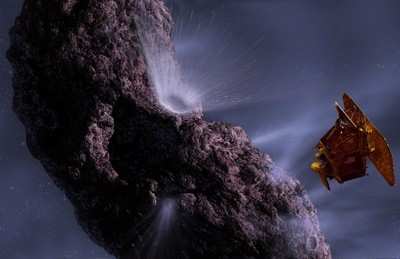
"The time of comet encounter is near and the major mission
milestones are getting closer and closer together," said Rick
Grammier, Deep Impact project manager at NASA's Jet Propulsion
Laboratory, Pasadena, CA. "After all the years of design, training
and simulations, we are where we want to be. The flight and science
teams are working the mission plan, and we are good to go for
encounter."
Deep Impact consists of a subcompact-car-sized flyby spacecraft
and an impactor, about the size of a washing machine. The dual
spacecraft carry three imaging instruments, two on the flyby and
one on the impactor.
Several major mission milestones occurred during the past week.
The mission's third trajectory correction maneuver was successfully
executed on June 23. The burn of the spacecraft's motors changed
Deep Impact's speed by 13 miles per hour. Another trajectory
correction for final targeting before impactor release is scheduled
for 8:00 p.m. EDT July 2 (5:00 p.m. PDT).
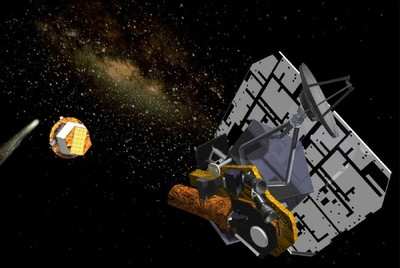
Mission planners separated the spacecraft's flight operations
into six mission phases. The phases are launch, commissioning,
cruise, approach, encounter and playback. The five-day encounter
phase incorporates the final approach to the comet and transmission
to Earth of collected data.
"We've completed the final pre-release checkout of the impactor.
The impactor probe will have a short, 24 hour life from release to
impact, but an incredibly important role," said Dave Spencer, Deep
Impact mission manager at JPL.
The impactor has an auto-navigation system that will make final
corrections to its flight path just minutes before the scheduled
collision. Scientists hope the resulting crater will expose fresh
material from below the comet's surface and subsurface.
"That is the whole point of Deep Impact," said mission principal
investigator and University of Maryland astronomer Michael A'Hearn.
"We want to find out what are the guts of a comet."
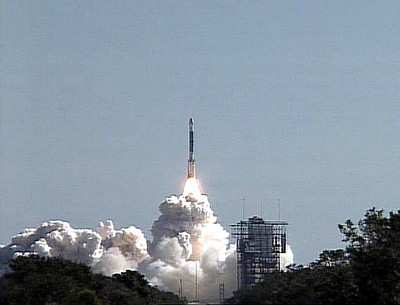
The flyby spacecraft will use medium and high resolution imagers
and an infrared spectrometer to collect and send to Earth pictures
and spectra of the event. Spaceborne science platforms will also be
watching Deep Impact. These include NASA's Hubble and Spitzer space
telescopes, the Chandra X-ray Observatory, the Swift and
Submillimeter Wave Astronomy satellites, the European Space
Agency's XMM-Newton X-ray observatory and Rosetta spacecraft.
Observatories on Earth will view the impact and its aftermath.
The final prelude to impact begins early on July 3 EDT (July 2
PDT), when the flyby spacecraft releases the impactor into the path
of the onrushing comet. The release is scheduled at 1:52 a.m. EDT,
24 hours before impact (10:52 p.m. PDT).
The 820-pound impactor will collide with the comet's nucleus at
a closing speed of 37,000 kilometers per hour (23,000 miles per
hour). Scientists expect the impact to create a large crater. The
impact will eject ice, dust and gas from the crater and reveal the
pristine material beneath. The impact will have no significant
effect on the comet's orbit, which poses no threat to Earth.
The University of Maryland, College Park, conducts overall
mission science for Deep Impact. JPL handles project management and
mission operations.
 NTSB Final Report: Cozy Cub
NTSB Final Report: Cozy Cub ANN FAQ: Contributing To Aero-TV
ANN FAQ: Contributing To Aero-TV Classic Aero-TV: Seated On The Edge Of Forever -- A PPC's Bird's Eye View
Classic Aero-TV: Seated On The Edge Of Forever -- A PPC's Bird's Eye View ANN's Daily Aero-Linx (04.29.25)
ANN's Daily Aero-Linx (04.29.25) ANN's Daily Aero-Term (04.29.25): Execute Missed Approach
ANN's Daily Aero-Term (04.29.25): Execute Missed Approach



